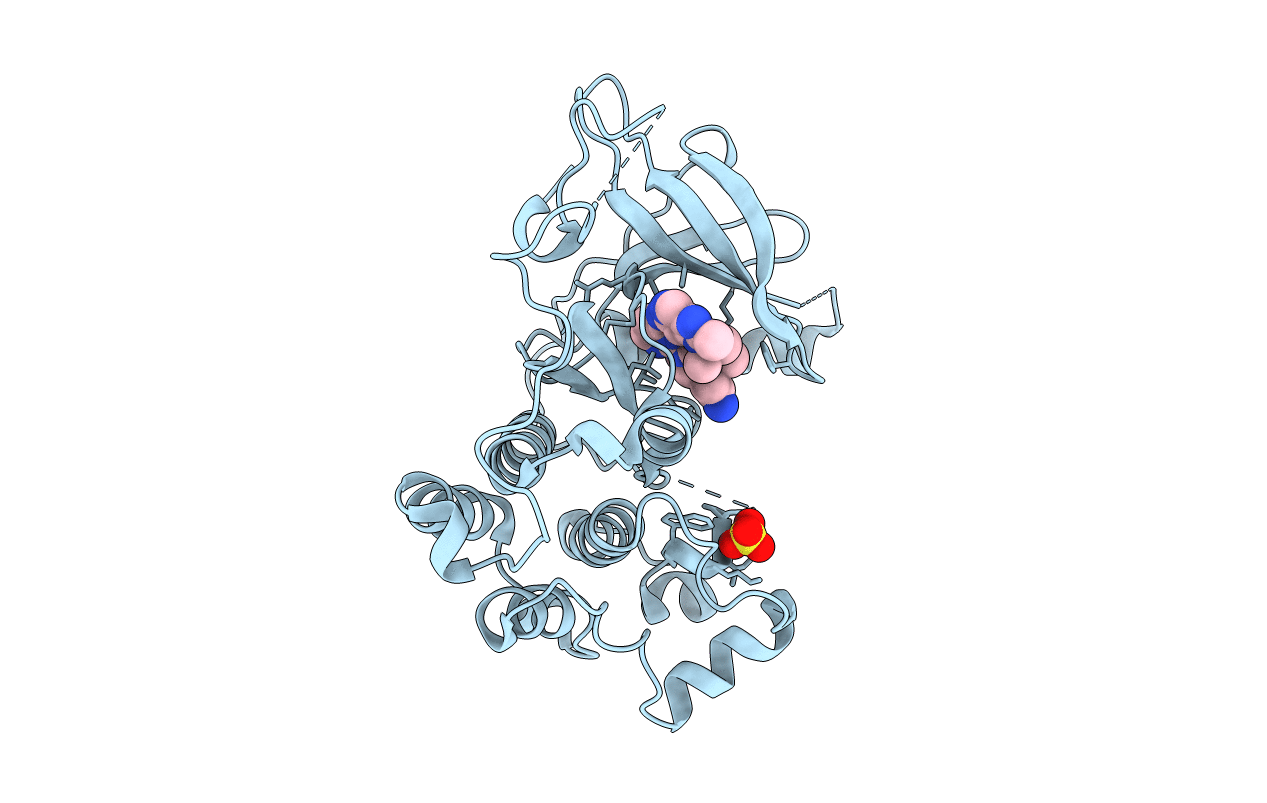
Deposition Date
2015-06-25
Release Date
2015-10-28
Last Version Date
2024-03-06
Entry Detail
PDB ID:
5C8N
Keywords:
Title:
EGFR kinase domain mutant "TMLR" with compound 23
Biological Source:
Source Organism:
Homo sapiens (Taxon ID: 9606)
Host Organism:
Method Details:
Experimental Method:
Resolution:
2.40 Å
R-Value Free:
0.25
R-Value Work:
0.20
R-Value Observed:
0.20
Space Group:
I 2 3


